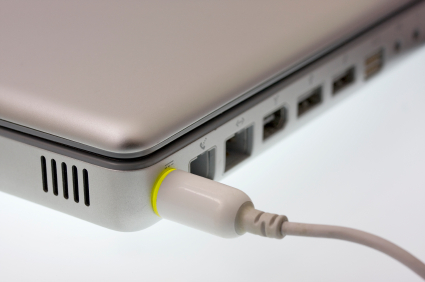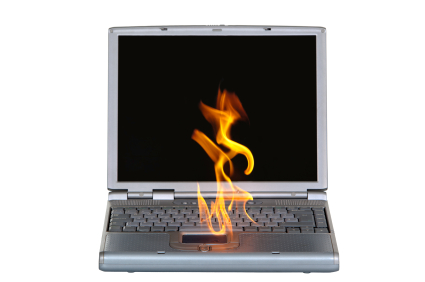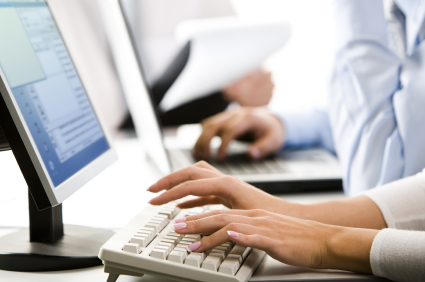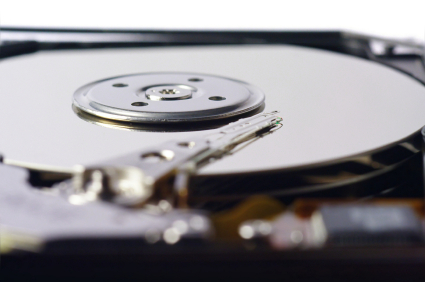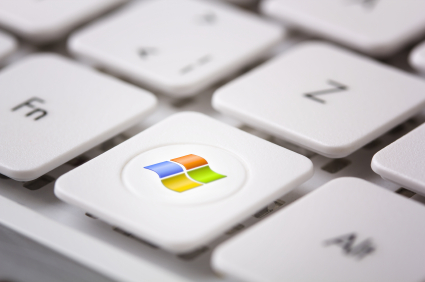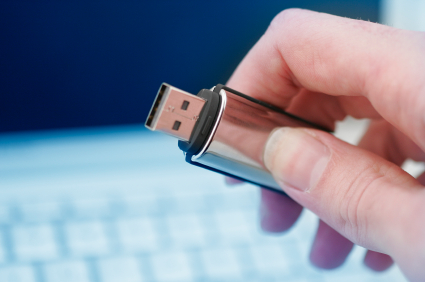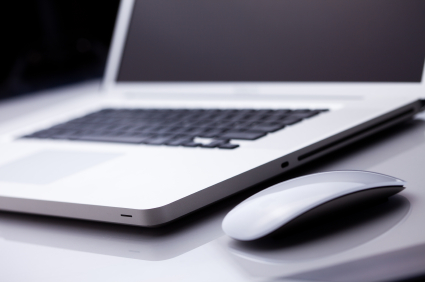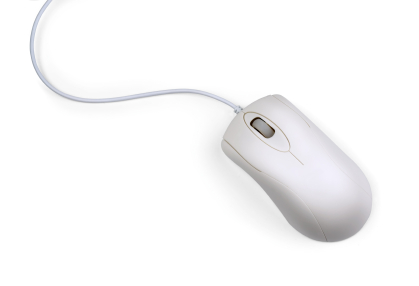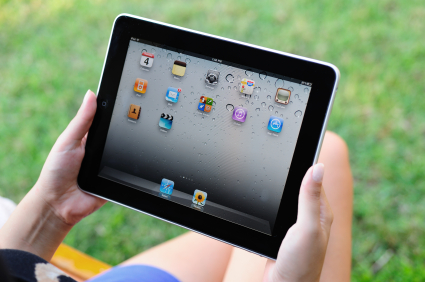If you have your laptop computer plugged in, but it does not appear to be charging, there are a number of problems you could be having. This article will help you with the problem of laptop plugged in but not charging and how to fix it.
Make Sure You Are Actually Plugged In
Check that the cord is pushed in all the way to both your computer and the outlet. Then, check that any detachable parts, including power strips and extension cords are attached all the way. Make sure the power switch for the outlet is turned on. If everything is plugged in, you should also try plugging your computer into a different outlet to see if there is a problem with the outlet.
Make Sure Your Battery is Working
To check if it’s working, remove the battery from your computer and plug your computer into an outlet. If it turns on and works correctly, then the problem is most likely your battery and you will probably have to get a new one. If it is a new computer, contact wherever you bought it from and let them know they sold you a defective battery.
Check For Problems With Your Charger
Inspect your power cord. Are there any kinks or breaks? Have any parts been chewed by a pet or caught in a vacuum cleaner? Is the brick discolored, warped, or expanded? Does it smell like burnt plastic? If you said yes to any of these questions, it is likely that you have a problem with your charger and you will probably have to replace it. If there are detachable parts, you may only have to replace the part that is broken.
Your Laptop May Be Overheating
If your laptop is overheating, it can cause the battery not to charge until it has cooled down. This can worsen if you are using an older laptop with outdated cooling technology or are resting your laptop on a soft surface, like a blanket. If your laptop feels very hot, turn it off, unplug it, and rest it on a flat, fully ventilated surface until it cools down. After it has cooled down, check to see if it will charge properly.
Update Your Drivers (Windows)/Do an SMC Reset (Mac)
Update Drivers for Windows
1. Open the Control Panel.
2. Click Device Manager.
3. Open each option under Batteries (battery, charger, and “Microsoft ACPI Compliant Control Method Battery”).
4. In each Properties window, click Update Driver in the Driver tab.
5. Restart your laptop.
SMC Reset for Mac
1. Shut down your computer.
2. Unplug your charger from your computer, if it’s still connected.
3. Remove the battery.
4. Press and hold the power button for five seconds.
5. Release the power button.
6. Reconnect the battery and charger.
7. Press the power button to turn on the computer.
Contact a Computer Repair Professional
If your computer is still not charging, contact a computer repair professional. With the help of TalkLocal, you can receive phones calls within minutes from up to three high quality computer repair professionals in your area that are available when you are.

